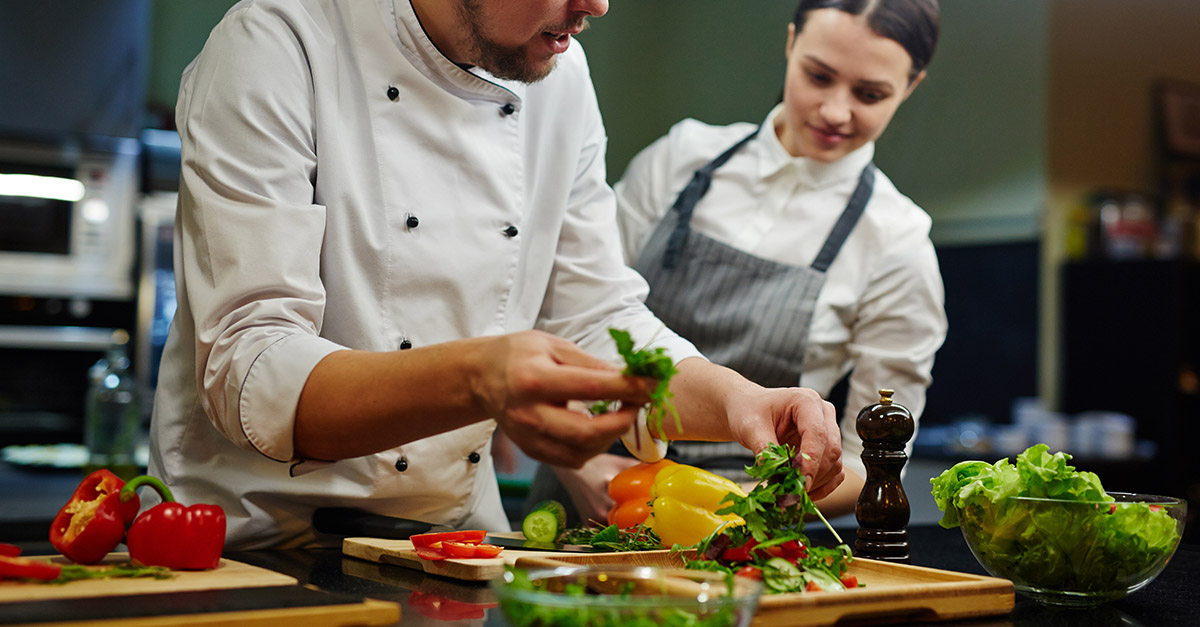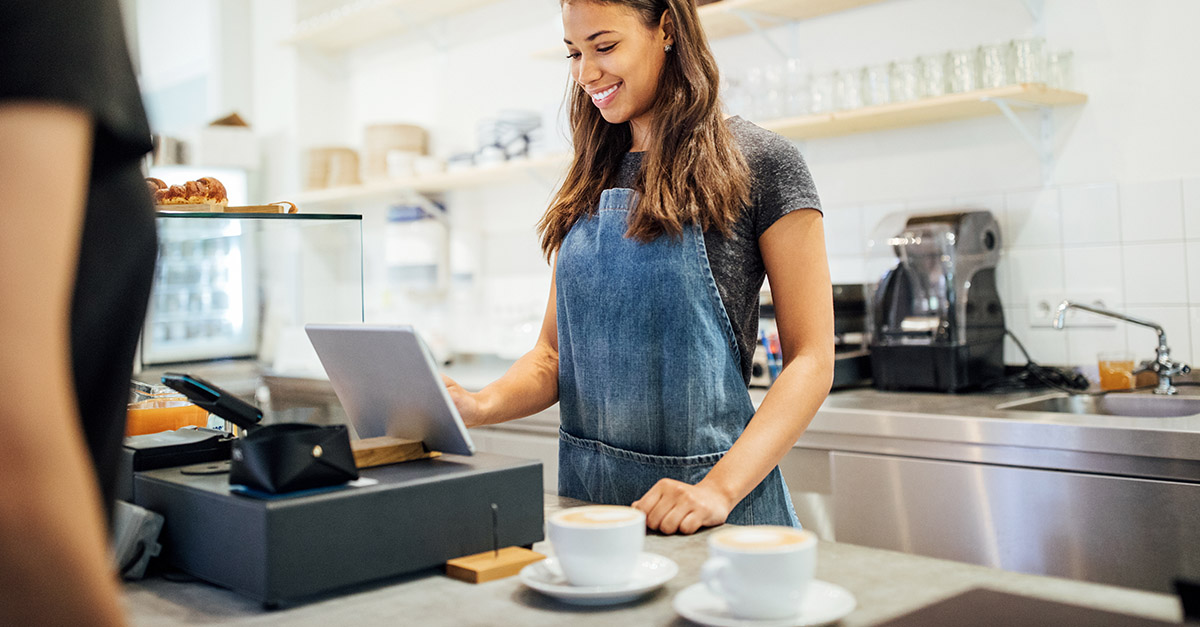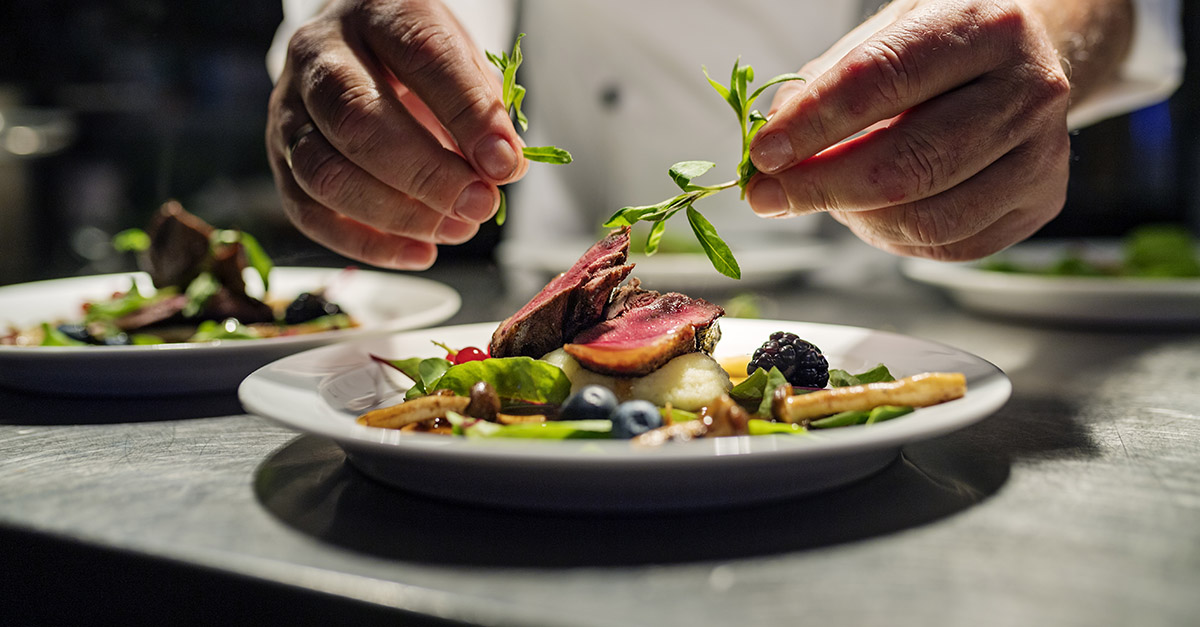Prices are rising with inflation rates through the roof. Produce prices are soaring and labour costs are at an all-time high. Hospitality operators aren’t unfamiliar with fluctuating prices, but these dramatic price increases are something else.

The rising inflation prices are affecting everything in our daily lives, we can all remember the absurd price of iceberg lettuce! So, with the price of the average family's grocery shop increasing, how can restaurants manage to keep operating without charging outrageous prices? There's only so much the hospitality industry can pass onto their customers if they want them to keep coming back. However, it’s a huge price increase for any business to absorb whilst still generating a profit. Although customers know that produce prices are increasing, they also don’t want to feel ripped off when choosing to eat out. Increasing your prices gradually is a common practice that many restaurants have implemented, so as not to scare customers away with such a heavy price incline.
Let's look at how venues can deal with these increasing food prices without simply increasing their prices to match.
Look at your sales data and reporting
Implementing change requires a lot of planning and management.
Analysing your sales data and food costs can help you better plan your menu and reduce future costs. Looking at data such as which menu items are generating the most and least profit. All this information can be found in your POS system reporting. You can easily filter by previous periods to check the sales data to review.
With this information, you can identify where your menu might need to be updated. What items can be changed and what needs to stay. Identify what your customers want and then plan a creative way to provide them with that whilst also reducing costs.

Menu costing and engineering
Working out the prices of menu items is always a challenge. Keeping in mind, being competitive whilst also covering your costs and generating a profit.
How can you sway customers to order items that will generate greater value for your restaurant? This can be done through menu design. The layout of the menu should make the ordering process more profitable for the business.
Smart menu design and engineering are powerful tools allowing you to choose what you want to put emphasis on. This can be done by thinking about design elements like the layout of the menu, fonts, sizing, bolding and the photos that are used. Implementing these elements result in a more eye-catching offering and increase the likelihood that your intended menu item will be ordered more frequently.
The rise of online ordering and at-table QR code ordering makes implementing menu design easier than ever. Restaurants no longer need to keep re-printing menus when changes are made.

Implement change
Changing your menu to help keep your prices steady is a great solution in battling the rising food prices. The last thing you want is leaving customers feeling ripped off when asked to pay more for the same meal they had a week earlier.
Menu changes to consider
- Adjusting portion sizes.
- Change up or get rid of garnishes – when prices are high it just doesn’t make sense to have expensive garnishes that are normally just for aesthetic purposes.
- Implement seasonal menus – incorporating fruit and vegetables when their buying price is at its lowest.
- Evaluate ingredient prices and replace any individual items if their price has increased dramatically. For example, at one stage KFC was seen implementing a lettuce and cabbage blend into their burgers to make the expensive stock go further when the price of iceberg lettuce was at an all-time high.

With all these changes to consider it is important that your venue has a POS system that allows you to easily update your menu. OrderMate POS allows you to change menu items on the fly, keeping staff and customers happy.
Manage your menu and pricing through smart integrations - My Local Foodie
Smart POS integrations can help reduce and manage your costs. My Local Foodie provides a solution for venue managers by helping to reduce their buying costs and allow their business to be more profitable.
They help plan and save time using their Cost-i-mator advanced accounting systems and controls to reduce the stress associated with food budgeting and increase profitability. Operators cost their menus using the Cost-i-mator to engineer a menu that takes into account all ingredients in recipes so it can automatically price the profit that is made on each plate sold. With this data you can easily identify what meals are and aren’t making a profit.
>OrderMate partners with My Local Foodie allowing all your live sales data to be exported from your POS so they can evaluate your menu to help you plan the most cost-efficient steps moving forward.
Inventory management and reducing food waste
It’s a no-brainer that your venue wants to reduce its food waste. Not only does this practice save your venue thousands, but it also has environmental and social impacts.
Every year we waste around 7.6 million tonnes of food – this wastage equals about 312kg per person, equivalent to around one in five bags of groceries or $2,000 to $2,500 per household per year.
Here are some simple solutions your business could start incorporating to help you save on your wastage and food costs:
- Pickling fruit and vegetables are a delicious way to help combat wastage. This is a simple way to deal with any excess stock and can be incorporated in your menu, helping you reduce waste whilst also saving you money.
- Use a stock inventory management tool to help plan the exact amount of stock needed for each meal.
An easy way to stay on top of your inventory management is by implementing advanced stock control and inventory management systems. OrderMate has developed StockMate, an advanced stock control and inventory management app to sync with your POS system. Your entire stock management process is simplified and streamlined. A system like this helps you to:
Gain total control - know exactly how much stock you have on hand with livestock data.
Accountability - help monitor your wastage and usage to help you keep track and manage your systems better.
Pricing - Easily helps you keep track of the pricing of items.
Analysis - Stock reports can help you identify customer trends, what ingredients are in demand and what's not. - Monitor and re-evaluate your serving sizes of each dish - if food is commonly being left on customers' plates and being thrown out this is a sign to serve smaller portions.
- Storing your food correctly is a common practice but still important - if food is not being stored correctly it won't last and you are likely to lose produce to items expiring.
If you’d like to implement any of these cost-saving practices into your business, talk to one of our consultants today and find out how you can utilise your POS system to help streamline processes and cut operating costs!
Published:


